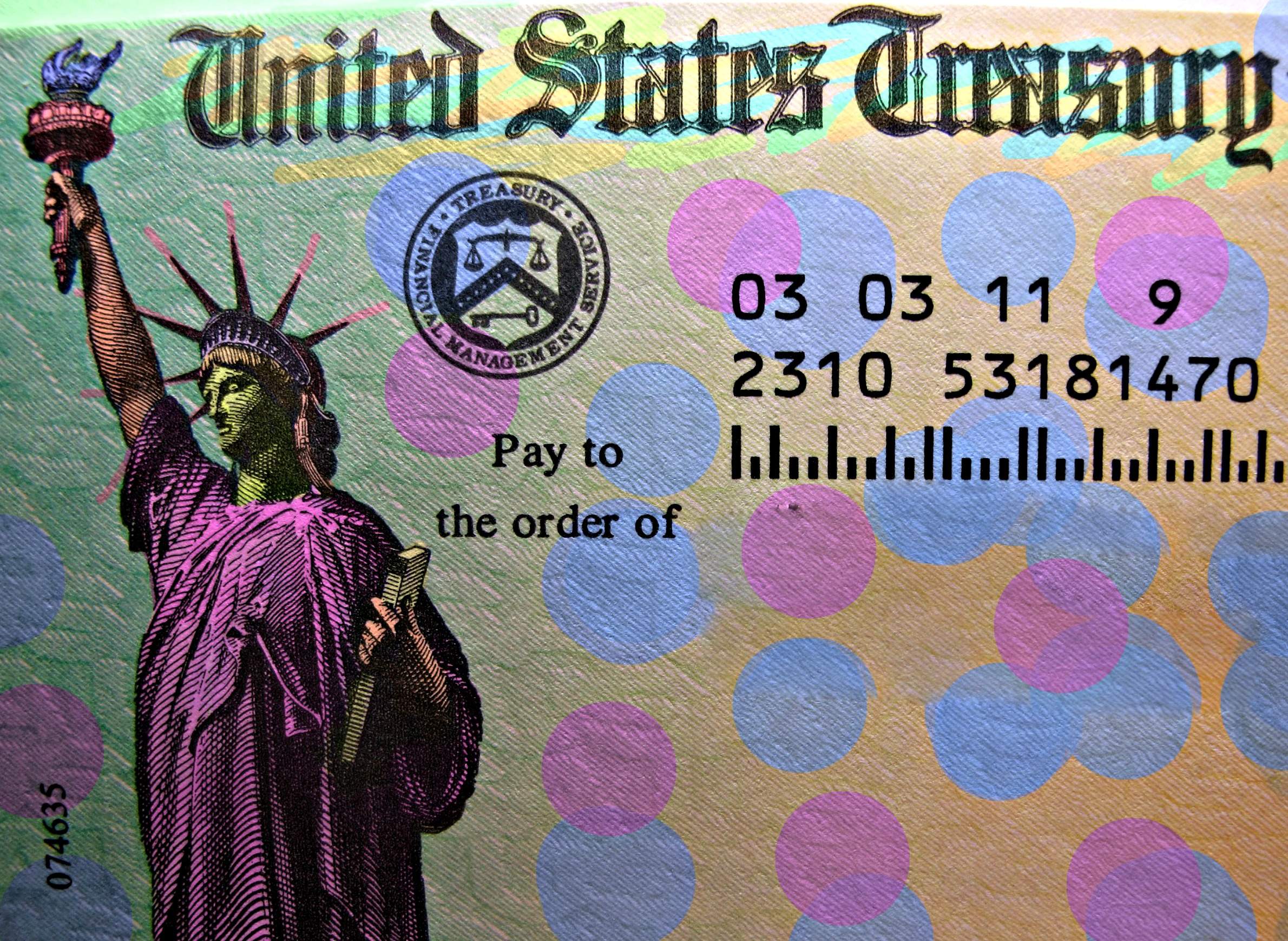
What To Do When Tax Refunds Exceed Expectations

Tax season is the one time each year when many people get the chance to see the complete picture of their finances. By closely examining their tax information, individuals and families may find ways to save money and strengthen their financial situations.
Many working families and individuals qualify for tax credits and programs that can provide some relief. To receive the federal or Wisconsin's earned income tax credits, families with children need to file returns. Even if they do not owe taxes, they may receive refunds because of the credits.
People who receive refunds should consider putting some of it into savings. For a working family struggling to make ends meet, starting a savings account might seem out of reach. But research by the Washington University-based Refund to Savings Initiative suggests that when refunds exceed expectations, the odds of taxpayers saving some of the "surplus" goes up.
One option is to deposit tax refunds in a simple savings account. But research shows people may prefer separate savings accounts for special uses that are also a bit harder to cash out — which seems to help prevent the temptation to spend those savings.
A few low-cost savings options available through TreasuryDirect can work for almost everyone, even people without savings accounts. U.S. savings bonds and myRA do not require a bank account and can be used even by people with negative banking histories.
Savings bonds have the backing of the U.S. government, have no fees and are liquid in the sense that they are easily cashed at any bank, by the Federal Reserve by mail, and even online. They can only be purchased online.
The Internal Revenue Service makes it easy to buy I-series savings bonds as part of the tax-filing process. Taxpayers can make bond purchases for themselves, add beneficiaries or co-owners, and make bond purchases for someone other than themselves by using IRS Form 8888. This form allows a taxpayer to directly deposit part of a refund into a checking account and then buy up to $5,000 in bonds, which can be in purchased in paper form or through a TreasuryDirect online account.
Another option for saving tax refunds is a myRA starter retirement account. Taxpayers also can use IRS Form 8888 to directly deposit part of the refund into this savings account backed by the Treasury Department. This retirement savings program has no fees and low risks.
But for a taxpayer with an unexpectedly large refund who also has past-due bills or debt at a high interest rate, the best option may be to put this money toward paying off debt. Even the highest interest savings accounts cannot match the financial benefits of paying off high-cost debt or avoiding fees and penalties.
More resources about family financial security, including information about financial education, money management and housing is provided by the University of Wisconsin-Extension.
J. Michael Collins is a family and consumer economics specialist with the University of Wisconsin-Extension, director of UW-Madison's Center for Financial Security and an associate professor of consumer science and public affairs at UW-Madison.


